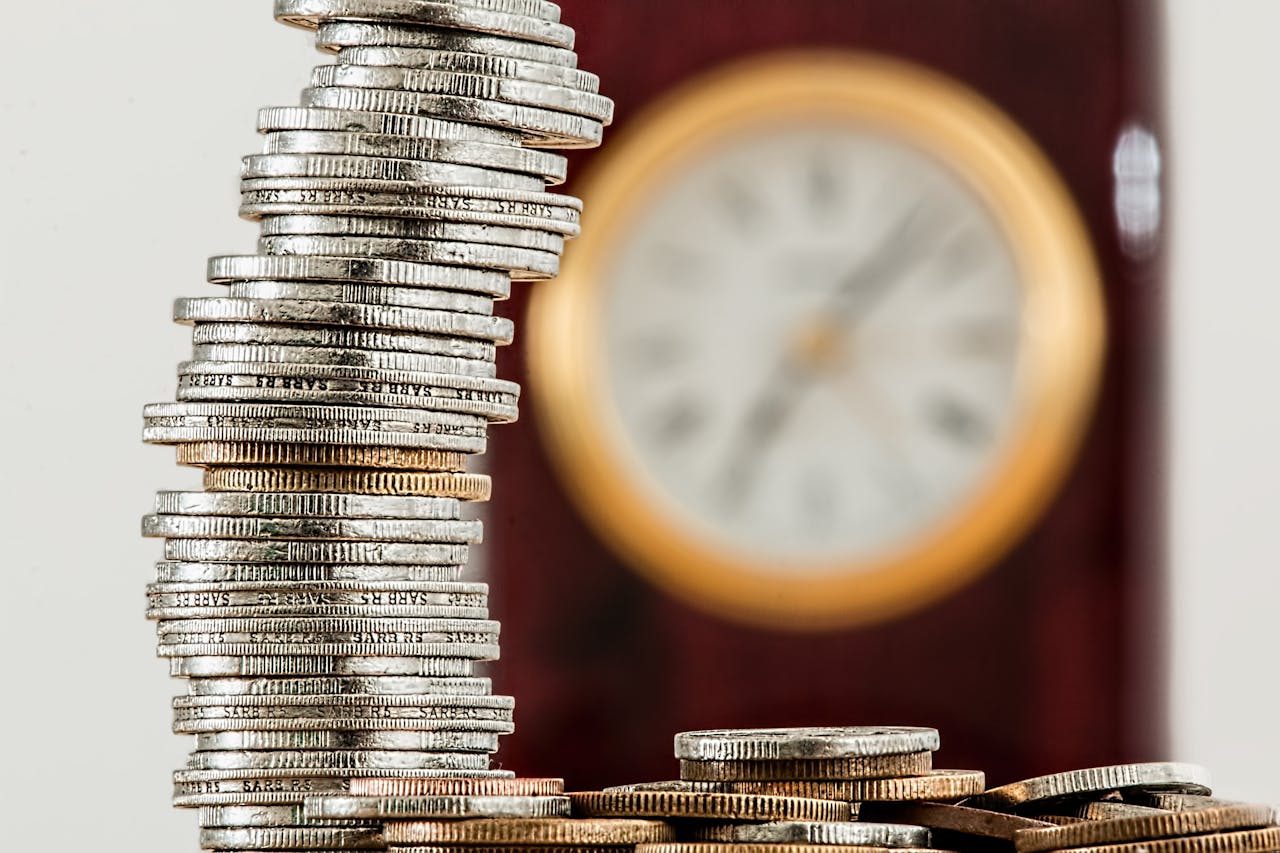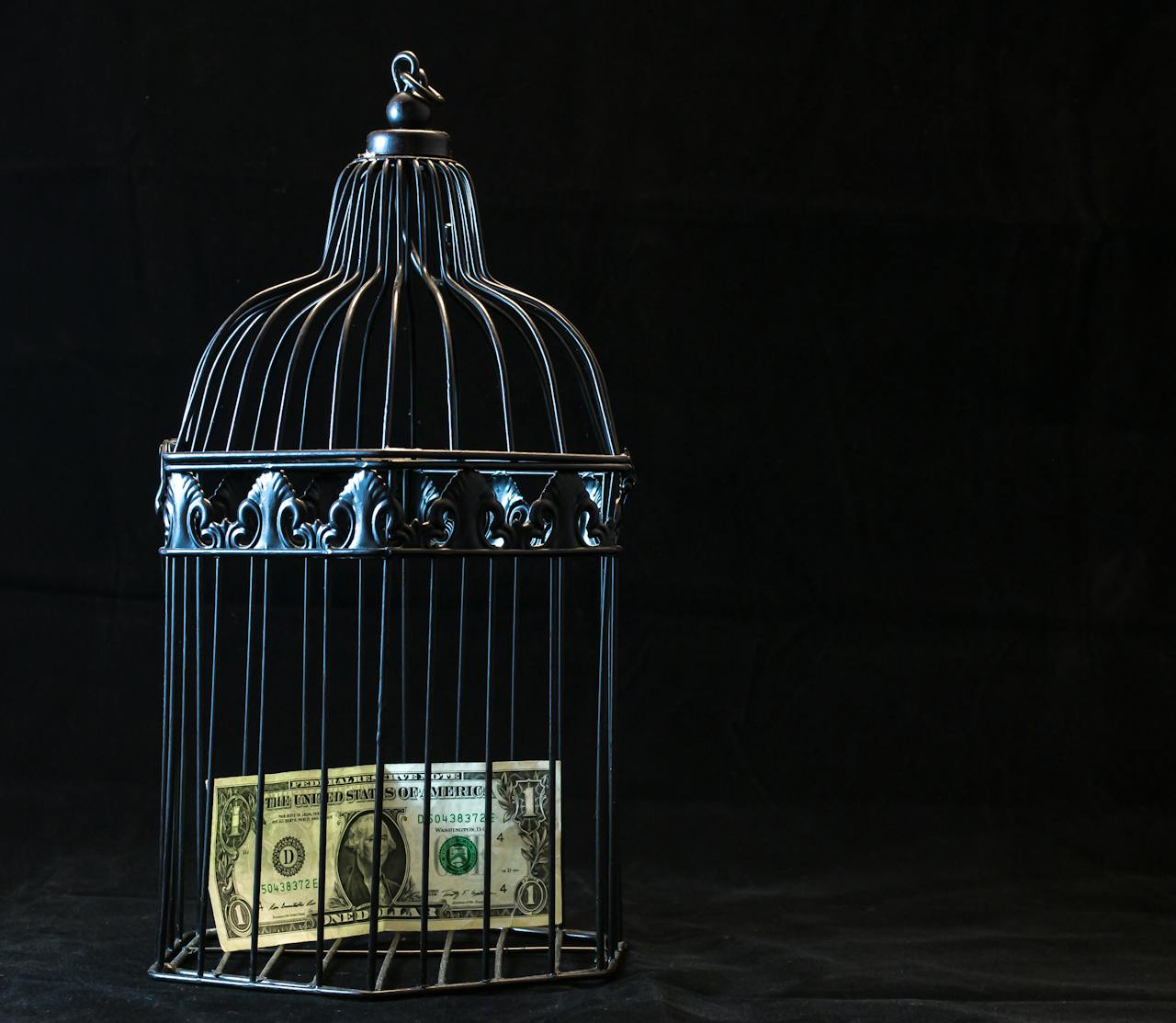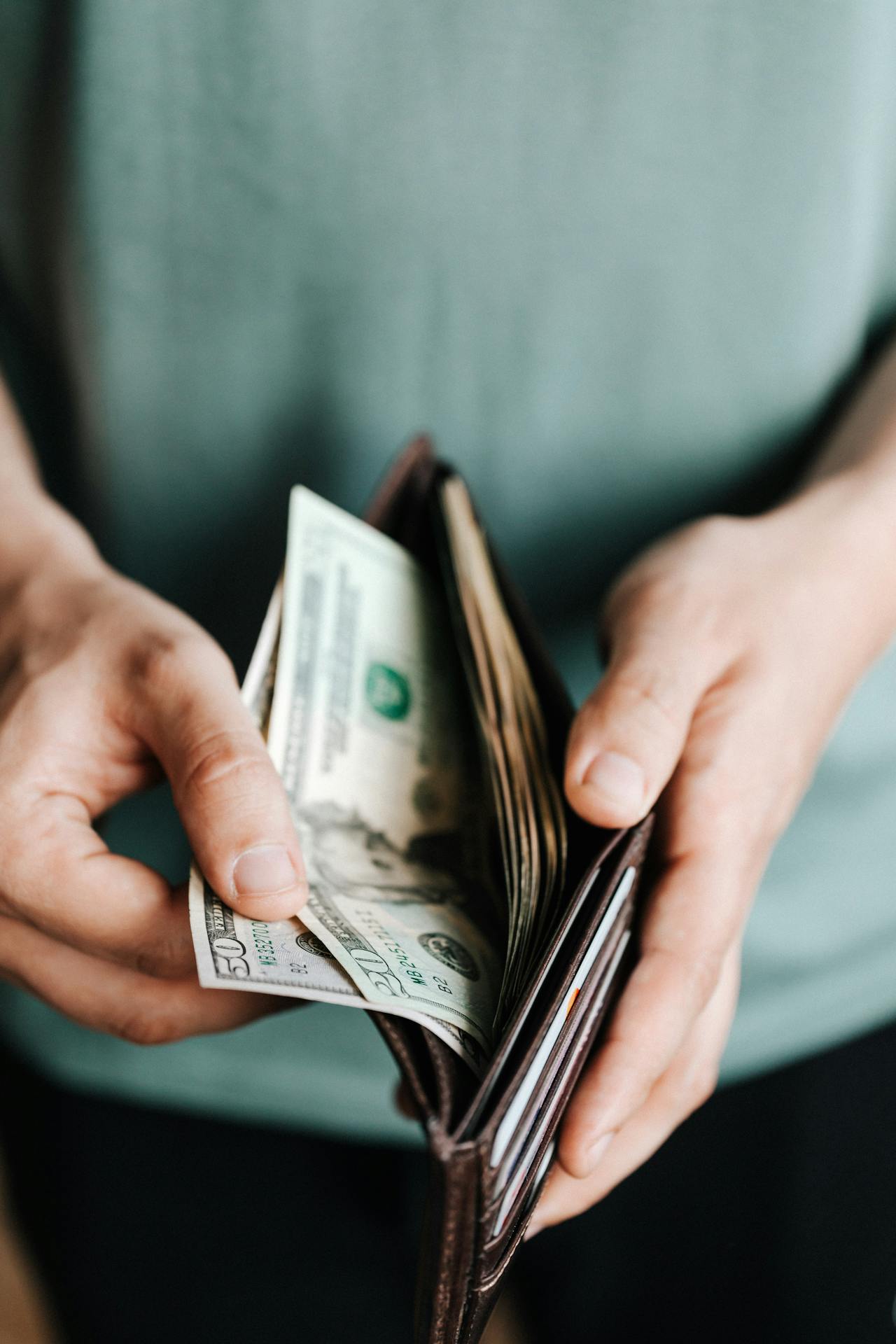Mastering Personal Finance: Your Guide to Financial Freedom
Personal finance might seem daunting at first, but understanding and managing your money is crucial for achieving long-term financial stability and freedom.

Life is full of unexpected events, and financial surprises are among the most difficult to manage. Whether it’s an unexpected medical bill, a job loss, or critical house repairs, having a financial safety net is essential. Here is where an emergency fund comes in handy. An emergency fund serves as a financial buffer, ensuring peace of mind and stability during difficult times.
What is an Emergency Fund?
An emergency fund is a sum of money set aside to cover unexpected costs. Unlike saves for planned expenses such as vacations or a new car, this fund is designed exclusively for unexpected financial emergencies. The idea is to guarantee that you have enough money to fulfill your basic costs without going into debt.
Why You Need an Emergency Fund
- Financial Security: An emergency fund provides a financial cushion, allowing you to handle emergencies without disrupting your long-term financial goals.
- Reduced Stress: Knowing you have a safety net can significantly reduce stress and anxiety related to financial uncertainties.
- Avoiding Debt: With a dedicated emergency fund, you can avoid high-interest debt from credit cards or loans when unexpected expenses arise.
- Flexibility: Having extra money set aside gives you more options and flexibility when dealing with unforeseen circumstances.
How Much Should You Save?
The quantity of money that you ought to put away in your emergency fund is contingent upon the specifics of your specific situation. A good rule of thumb is to put away enough money to cover your current living expenditures for three to six months. However, the precise amount may be affected by a variety of factors, including the stability of one’s employment, one’s health, and the obligations for one’s family.
Steps to Build Your Emergency Fund
- Assess Your Monthly Expenses: Calculate your essential monthly expenses, including rent/mortgage, utilities, groceries, transportation, and insurance.
- Set a Savings Goal: Based on your monthly expenses, set a realistic goal for your emergency fund.
- Create a Budget: Allocate a portion of your income towards building your emergency fund. Adjust your budget to ensure consistent contributions.
- Automate Savings: Set up automatic transfers to your emergency fund to ensure regular contributions.
- Cut Unnecessary Expenses: Identify and eliminate non-essential spending to accelerate your savings progress.
Where to Keep Your Emergency Fund
It’s critical to store your emergency fund in a secure and conveniently accessible location. Consider the options below:
- High-Yield Savings Account: Offers better interest rates than traditional savings accounts while keeping your money liquid.
- Money Market Account: Provides higher interest rates with limited check-writing abilities.
- Certificates of Deposit (CDs): For a portion of your emergency fund, consider CDs with short-term maturities to balance accessibility and interest earnings.
When to Use Your Emergency Fund
Use your emergency fund only for genuine emergencies, such as:
- Unexpected medical bills
- Urgent home repairs
- Car repairs necessary for daily commutes
- Job⬤




